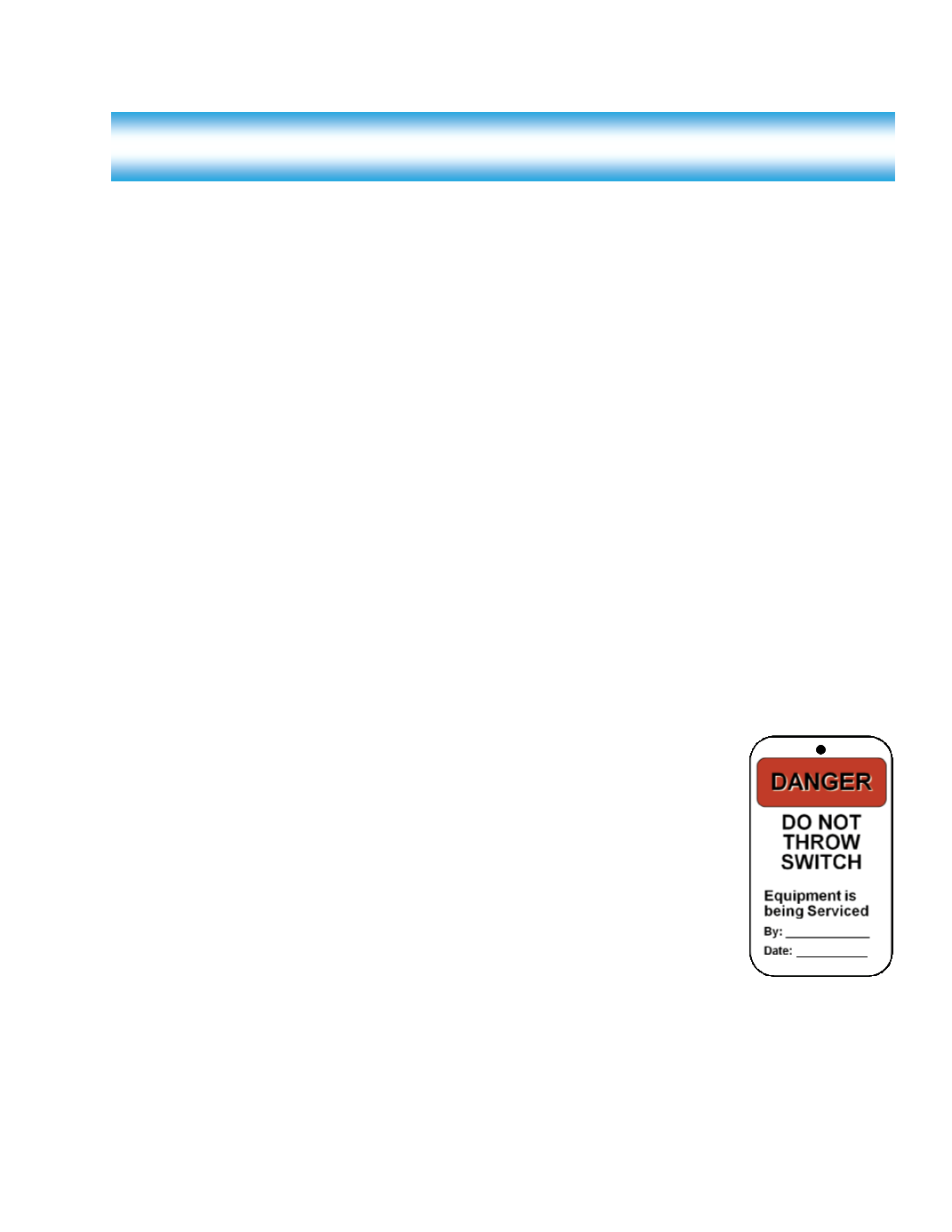

Troubleshooting and Servicing HVACR Electrical Systems
Safety and Hazard Awareness
Page III
Safety and Hazard Awareness
A safe work environment is the responsibility of everyone involved. Technicians must know how to
protect themselves and others when working with electricity.
Always review the wiring diagram, and remove all jewelry before aƩempƟng to work on an electric
circuit or component.
ELECTRICAL SHOCK
Current is the killing factor in electrical shock. Ohm’s Law explains the relaƟonship between voltage,
current, and resistance. Human bodies have resistance. When voltage is applied, current flows. If
only one‐tenth of the current required to operate a ten‐waƩ light bulb were to pass through your
chest, the results could be lethal. Most people are killed by 110‐volt power, yet we tend to take it for
granted.
Ohm’s Law states that the amount of current passing through a conductor is directly proporƟonal to
voltage applied. If 110 volts were placed across a 500‐ohm resistance, the resulƟng current would be
0.22 amps, or 220 mA. (The
m
stands for milli‐, or one thousandth; 1/1,000.) A current of 2 to 3 mA
generally causes a Ɵngling sensaƟon. This sensaƟon increases and becomes very painful at about 20
mA. Currents between 20 and 30 mA cause muscle contracƟons and possibly the inability to let go of
the wire. Currents between 30 and 60 mA cause muscular paralysis and difficulty breathing.
Breathing at 100 mA current is extremely difficult. Currents between 100 and 200 mA are usually
lethal because they cause the heart to go into fibrillaƟon. A 110‐V power circuit generally causes
between 100 and 200 mA current flow through the bodies of most people.
LOCKOUT-TAGOUT PROCEDURES
An aggressive lockout/tag‐out program is one of the best ways to prevent
electrical shock. Whenever a piece of equipment is being worked on, it should be
disconnected from the power source and locked. The person working on the
equipment should carry the only key, to prevent accidental acƟvaƟon. The power
supply should be tagged with the following informaƟon:
Name of the person working on the equipment
What service is being performed
Reason for service
Date and Ɵme
Some air condiƟoning units use a contactor with only one set of contacts to disconnect a 240‐V
circuit. The danger in this is that one line is sƟll supplying power to the unit. If you should happen to
touch the live line and ground, a 120‐V circuit is completed through your body. Other contactors
employ two sets of contacts, disconnecƟng both of the power lines. This type is safer, but it is always
best to disconnect, lock, and tag the power source.










